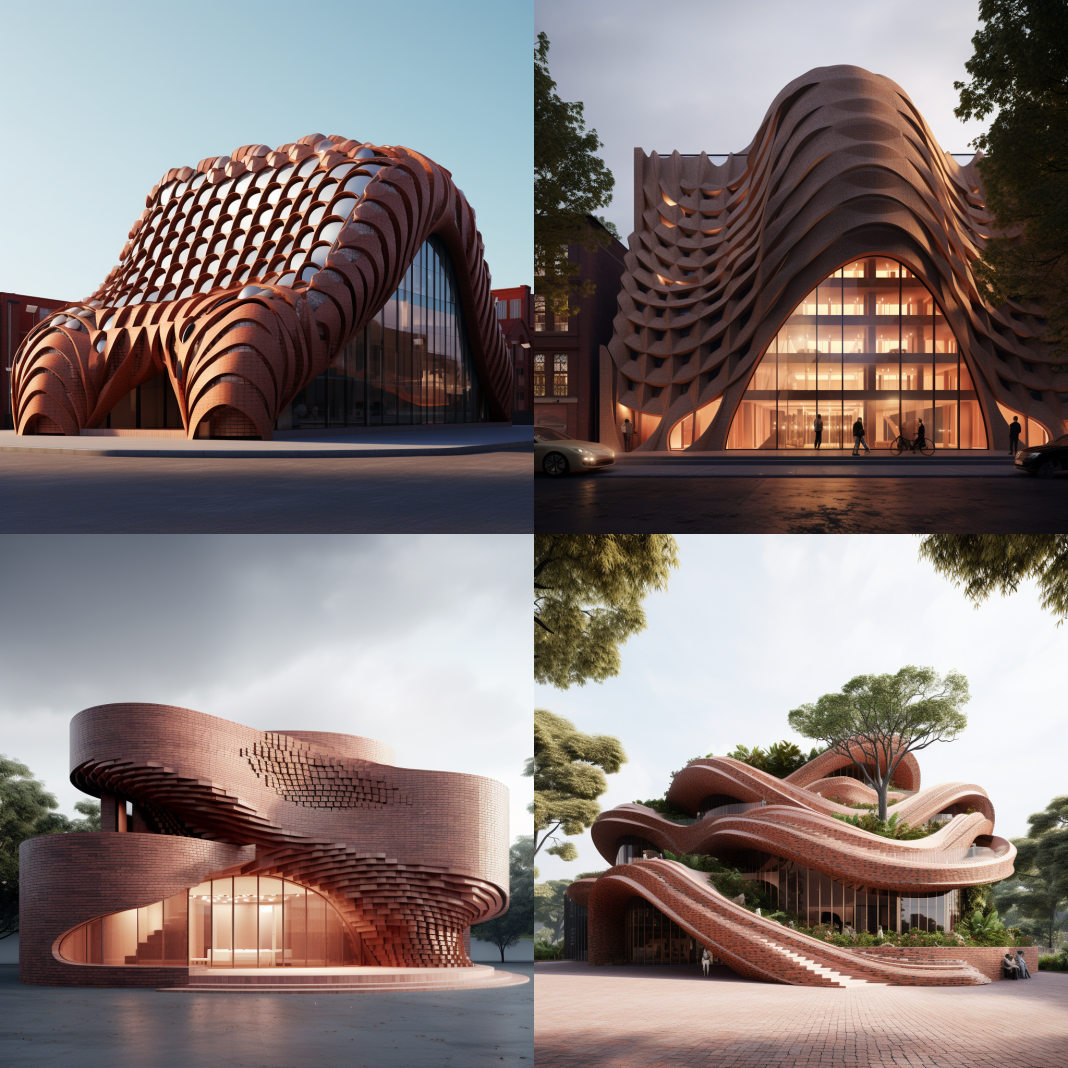In the world of building design, a new tool is changing the game. Artificial Intelligence (AI) is now a key player, as revealed by a recent study from the Royal Institute of British Architects (RIBA). The 2024 report revealed that more architects are turning to AI to make their work better and faster. But it’s not just about speed and efficiency. There’s a big debate on how AI fits into the creative process and the future of architecture.
The rise of AI in design among architects
41% of UK architects are now using AI in their projects. This isn’t just a small tweak; it’s a big shift in how buildings are designed. AI helps them work faster, making the design process more efficient for 43% of those using it. Looking ahead, the numbers get even more interesting. Over half, or 54%, plan to use AI within two years, expecting it to boost their efficiency.
Yet, there’s a catch. Despite the buzz around AI, many firms haven’t started spending money on it yet. About 69% said their practice hasn’t put cash into AI research. But change is on the horizon, with 41% of firms planning to invest in AI tools.
Balancing innovation and challenges
AI’s role in architecture isn’t just about making things quicker. It’s also seen as a tool for tackling bigger issues like sustainable city living. With most of the world’s population moving into cities by 2050, architects see AI as key to planning greener, smarter urban spaces. In fact, 57% of architects aim to use AI for environmental studies in the next couple of years.
However, it’s not all smooth sailing. There are worries about AI’s impact on the creative side of architecture. About 58% of architects fear that AI could lead to more copycat designs. And while some see AI as a threat to jobs, others don’t share that view. The community is split, showing a mix of excitement and caution towards AI.
A new era of collaboration
Muyiwa Oki, the president of RIBA, sees AI as the most disruptive yet promising tool of our times. He believes that architects are open to exploring AI’s possibilities. By working together across disciplines, the industry can use AI to build more inclusive, resilient, and sustainable environments.
Feedback from architects touches on both the opportunities and concerns AI brings. Some see AI as a chance to cut down on mundane tasks, possibly leading to a better work environment and fairer pay. Others argue that AI can’t match the human touch in creativity. There’s a general consensus that AI is a tool to speed up the design process, not necessarily to improve the designs themselves. Yet, concerns about regulation, ethics, and the impact on the profession linger.
The 2024 RIBA report opens the door to a future where AI and architects work hand in hand. It highlights a journey towards embracing AI, not just as a tool for efficiency but as a partner in shaping the built world. As the industry moves forward, the focus remains on finding the balance between leveraging AI’s capabilities and preserving the unique value architects bring to our cities and lives.





